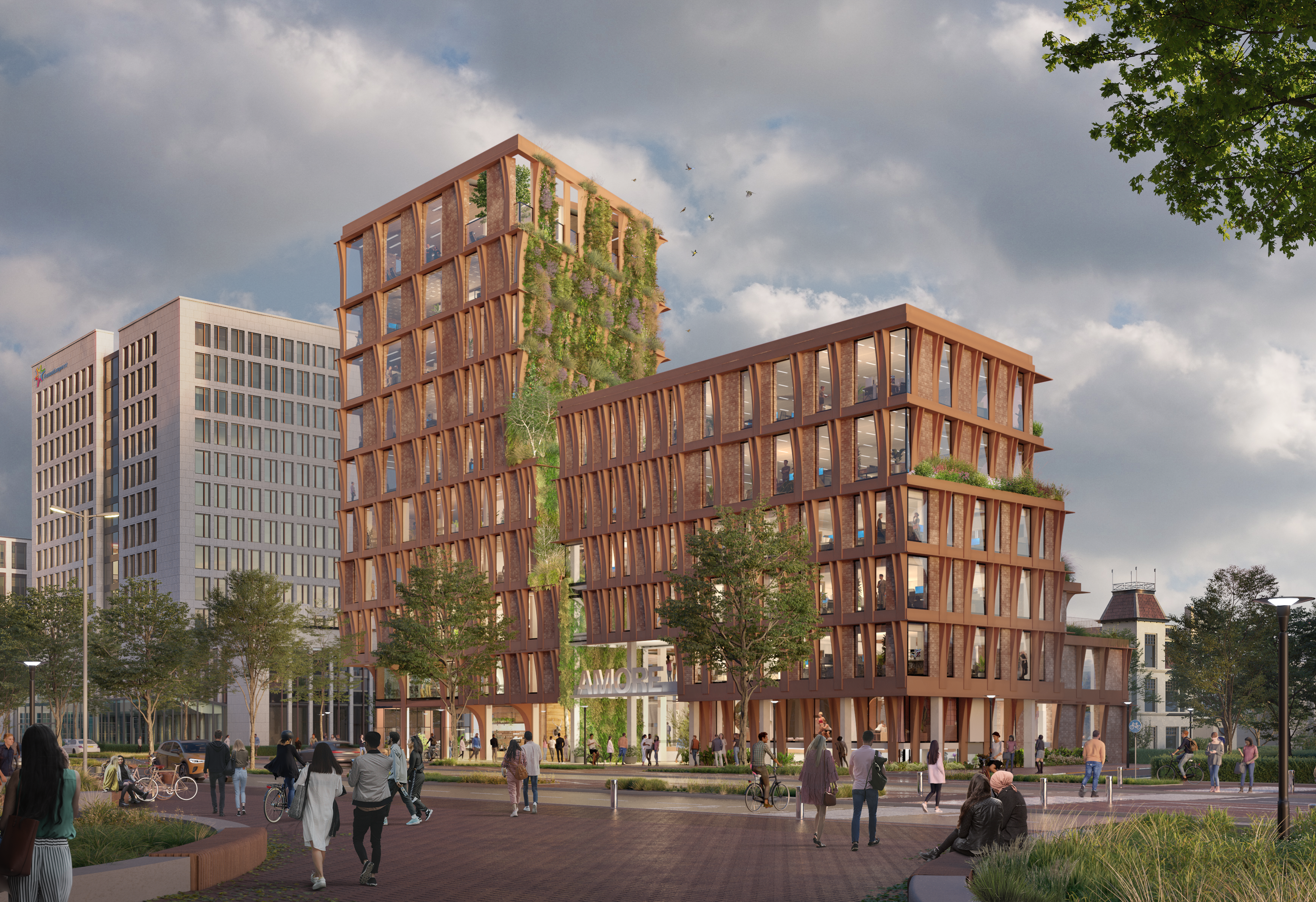De Club van Rome en de 5 valkuilen van klimaatboodschappen

50 jaar geleden kwam de zogeheten ‘Club van Rome’ bij elkaar, een internationale milieu-denktank dat op basis van onderzoek van de MIT een analyse maakte en hierover een rapport opstelde. Deze was alarmerend, een catastrofe zou zich binnen enkele decennia aandienen! (English version below)
En inderdaad, we ondervinden nu al geruime tijd de gevolgen van de manier waarop we met de aarde omgaan, de plastic soep, klimaatverandering, de gevolgen van gaswinning, etc. Die gevolgen zijn niet zo catastrofaal geëindigd in een wereldoorlog of een wereldvernietigende natuurramp, maar daarmee niet minder desastreus. Opnieuw is er een denktank van wetenschappers, politici en ondernemers bij elkaar gekomen om na te denken over dezelfde vragen als een halve eeuw geleden en ook nu weer een alarmerende boodschap: we kunnen niet door op de manier zoals we nu met de aarde en met de welvaarts- en bevolkingsgroei omgaan.
Gek genoeg worden we hier niet eens zo zenuwachtig van ondanks het feit dat de wetenschappelijke rapporten zich opstapelen. Dat ligt volgens de denktank aan de manier waarop de boodschap wordt uitgelegd en de manier waarop deze is geïnterpreteerd: als enorme rampen uitblijven dan zal er wel niks aan de hand zijn.
Maar is het probleem niet gewoon de manier waarop we met slecht nieuws omgaan? Kan ‘de mens’ een boodschap op wereldniveau bevatten en vertalen naar zijn eigen cirkel van invloed? Nee, blijkt uit een studie van klimaatpsycholoog Per Espen Stoknes. Er zijn vijf psychologische valkuilen die verklaren waarom de mens niet in staat is om te gaan met lange termijn gevaren zoals bijvoorbeeld klimaatverandering:
-
Distance/ afstand tot het probleem: veranderingen op de noordpool zien en ervaren we niet en de echte problemen lijken nog ver weg in de tijd. De onheilspellende scenario’s leiden tot een reactie dat er niks meer aan te doen valt;
-
Doom/ de angst-boodschap: veel rapporten die het probleem laten zien zijn gebaseerd op een angst en schuld scenario. Onderzoek laat zien dat juist deze manier van boodschappen brengen mensen passief maakt;
-
Dissonance/ tegenstrijdigheid: het klimaatprobleem is tegenstrijdig met onze levensstijl, wat ons hypocriet maakt en dat voelt ongemakkelijk. Als reactie hierop proberen we onze eigen bijdrage aan het probleem te bagatelliseren;
-
Denial/ ontkenning: als gevolg van bovenstaande weten we precies welk nieuws we niet meer willen horen. We worden niet meer verrast door nieuwe feiten en onderbouwingen omdat we ze ook niet willen horen;
-
Identity/ eigenwaarde: hoe meer we aangevallen worden op dat wat onderdeel is van onze huidige manier van leven en dat wat we zijn, hoe meer weerstand er ontstaat als natuurlijke reactie, we voelen ons aangevallen en willen daarom graag het tegendeel bewijzen.
De bouw krijgt veelal de kritiek dat het weinig innoverend is en te weinig verantwoordelijkheid neemt als het gaat om de problemen met klimaatverandering, gezondheid en grondstoffentekort. Hier is ook sprake van Dissonance, Denial en Identity. Bovendien wordt de verantwoordelijkheid ook afgeschoven op de consument zelf: zij zouden er niet om vragen, of het geld er niet voor over hebben.
De boodschap moet dus anders verteld worden, willen we het publiek maar ook de ontwikkelaars écht bereiken. We hebben een nieuw soort verhaal nodig, verhalen die ons vertellen dat de natuur veerkrachtig is en zich kan herstellen, terug kan naar een gezondere staat, als we het een kans geven om dat te doen.
Hoe wij bovenstaande toepassen in de praktijk is door bijvoorbeeld in een gesprek niet het over ‘duurzaamheid’ te hebben, maar over concrete thema’s zoals comfort, optimalisaties in het ontwerp- en installatieconcept, een optiepakket voor gezonde woningen met gezonde afbouwmaterialen, inspelen op gedeelde belangen bijvoorbeeld een soepel proces met de gemeente en op die manier meer aandacht voor groen en klimaatverandering, etc.
Wanneer je doorvraagt en achterhaalt waar de interesse ligt, hoe men zelf aankijkt tegen de duurzaamheidsproblemen, kom je tot een gesprek en zijn er openingen voor verbeteringen. Grote stappen tot verandering maak je samen en daarom is de boodschap zo belangrijk.
Geïnteresseerd in de psychologie van klimaatverandering? Bekijk hier de TED-talk of lees het boek “What We Think About When We (Try Not to) Think About Global Warming” (2015) door Per Espen Stoknes.
English version
The Club of Rome and the 5 pitfalls of climate messages by Femke
50 years ago the so-called ‘Club of Rome’ came together, an international environmental think tank that made an analysis based on MIT research and drew up a report on this. This was alarming, a catastrophe would arise within a few decades! And indeed, we have been experiencing for some time now the consequences of the way we deal with the earth, the plastic soup, climate change, the consequences of gas extraction, etc. These consequences have not ended so catastrophically in a world war or a world-destroying natural disaster, but are not less disastrous.
Once again a think tank of scientists, politicians and entrepreneurs came together to think about the same questions as half a century ago and again an alarming message arose: we can not continue to live on earth the way we live, with increasing prosperity and population growth. Strangely enough, we are not even so nervous about this, despite the fact that the scientific reports are piling up. According to the think tank, this is due to the way in which the message is explained and the way in which it is interpreted: if enormous disasters do not occur, then probably nothing is really wrong.
But is the problem not just the way we deal with bad news? Can ‘man’ fathom a message at this global level and translate it into his own circle of influence? The answer is no, according to a study by climatic psychologist Per Espen Stoknes. There are five psychological pitfalls that explain why humans are unable to deal with long-term dangers such as climate change:
1. Distance to the problem: we do not see and experience changes at the North Pole and the real problems still seem far away in time. The ominous scenarios lead to a reaction that nothing can be done about it;
2. Doom / the fear message: many reports that show the problem are based on a fear and guilt scenario. Research shows that it is precisely this way of messaging that makes people passive;
3. Dissonance / contradiction: the climate problem is contradictory with our lifestyle, which makes us hypocritical and that feels uncomfortable. In response to this, we try to downplay our own contribution to the problem;
4. Denial: as a result of the above, we know exactly which news we no longer want to hear. We are no longer surprised by new facts and substantiation because we do not want to hear them either;
5. Identity / self-worth: the more we are attacked on what is part of our current way of life and what we are, the more resistance there is as a natural reaction, we feel attacked and therefore want to prove the opposite.
Construction often receives the criticism that it is not very innovative and takes too little responsibility when it comes to the problems with climate change, health and raw material shortages. Here, Dissonance, Denial and Identity are also at play. Moreover, the responsibility is also shifted to the consumer: they don’t ask for it, or don’t want to spend money on it. The message must therefore be told differently, if we really want to reach the public but also the developers. We need a new kind of story, stories that tell us that nature is resilient and able to recover, can go back to a healthier state, if we give it a chance to do so.
How we apply the above in practice is, for example, not talking about ‘sustainability’ in a conversation, but about concrete themes such as comfort, optimisations in the design and installation concept, an option package for healthy homes with healthy finishing materials, responding to shared interests. For example a smooth process with the municipality gives more attention for green and climate change, etc. When you ask customers and partners to find out where the interest lies, your perception of sustainability and the approach of seeing and identifying opportunities in interviews, is where you can make a true difference. That’s why the message is so important.
Interested in the psychology of climate change? Watch the TED talk here or read the book “What We Think About When We (Try Not to) Think About Global Warming” (2015) by Per Espen Stoknes.




